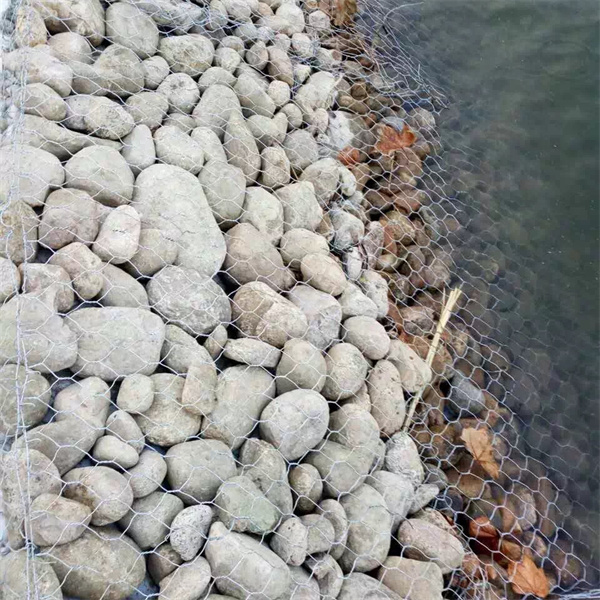តុលា . 12, 2024 07:05 Back to list
Creative Ideas for Garden Gabion Planters to Enhance Your Outdoor Space
Creating a Beautiful Garden with Gabion Planters
Gardening enthusiasts are always on the lookout for innovative and aesthetic ways to enhance their outdoor spaces. One of the most striking and functional solutions currently gaining popularity is the use of gabion planters. These versatile structures combine natural elements with modern design, creating stunning focal points in gardens while promoting sustainable practices.
Understanding Gabion Planters
Gabion planters are cages filled with stones or gravel, designed to hold soil and plants. Traditionally used for erosion control, the appeal of gabions has expanded into decorative uses in landscaping. Their robust design not only provides excellent drainage for plants but also creates a rustic aesthetic that can complement various garden styles. The materials used—often locally sourced stones—add texture and character, making gabion planters a unique addition to any garden.
Benefits of Gabion Planters
One of the primary benefits of gabion planters is their durability. Unlike traditional wooden planters, which can rot over time, gabion structures can withstand the elements for years. They are also less prone to pest damage. This longevity makes them a cost-effective choice for gardeners looking to invest in their outdoor spaces.
Additionally, gabion planters are incredibly versatile. They can be used to create raised beds for vegetables, herbs, or flowers, providing easy access for planting and maintenance. Their height is also beneficial for individuals with mobility issues, allowing them to enjoy gardening without strain. Furthermore, gabions can serve as privacy screens or decorative walls, enhancing the overall landscape while providing practical benefits.
Designing Your Gabion Planter
garden gabion planter

When planning a gabion planter, consider the following steps for a successful project
1. Choose the Location Select a spot that receives adequate sunlight for the plants you wish to grow. Assess the drainage and soil conditions to ensure optimal plant health.
2. Select Your Materials Choose gabion cages made from galvanized steel or corrosion-resistant wire. For the filling, opt for stones that resonate with your garden theme—smooth river stones can bring a sleek look, while rougher lava rocks provide a more rugged feel.
3. Plan the Structure Determine the size and shape of your planter. Gabion cages can be stacked to create multi-level planters or arranged in a line for a more contemporary look. Remember to leave enough space for plants to grow and fill out.
4. Plant Selection Choose plants that will thrive in your gabion planter environment. Succulents and drought-resistant plants work exceptionally well in well-draining soil, while a mix of perennials can bring continuous blooms throughout the seasons. Consider adding trailing plants to create a lush, overflowing effect.
5. Maintenance Gabion planters require minimal maintenance. Regularly check for weeds and ensure that the drainage remains clear. Water your plants according to their specific needs, and periodically refresh the soil and stones as necessary.
Conclusion
Gabion planters are an excellent investment for any gardener looking to enhance their outdoor space with style and durability. By embracing this contemporary design element, you can create an eye-catching garden that not only serves a functional purpose but also showcases your unique aesthetic. With thoughtful planning and execution, your gabion planters can become the centerpiece of your garden oasis, inviting admiration from friends and family alike. Embrace the beauty and simplicity of gabion planters, and watch your garden flourish!
-
HESCO Gabion Baskets for Coastal Erosion Prevention
NewsAug.22,2025
-
Longevity and Durability of River Rock Gabion Walls
NewsAug.22,2025
-
How to Integrate Gabion 3D Walls in Urban Planning
NewsAug.22,2025
-
Reno Mattress Gabion Applications in Civil Engineering
NewsAug.22,2025
-
How to Install Wire Mesh for Gabion Baskets Properly
NewsAug.22,2025
-
Best Materials for Filling a Chain Link Gabion
NewsAug.22,2025
-
Wire Mesh Thickness Impact on Gabion Wall Load Bearing
NewsAug.12,2025






